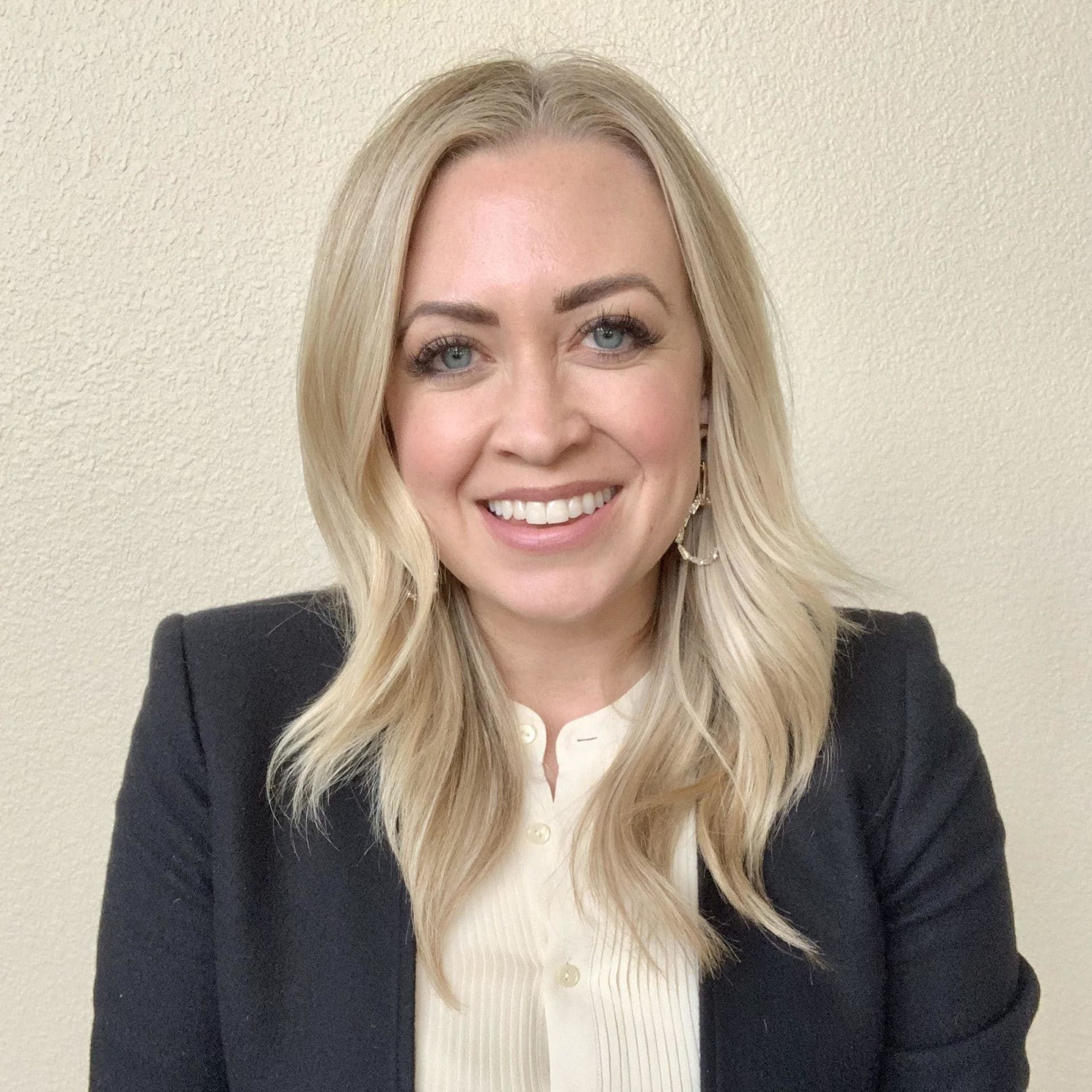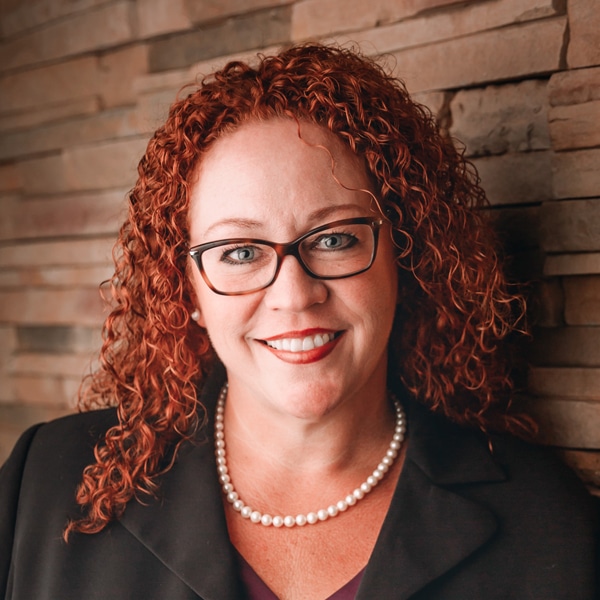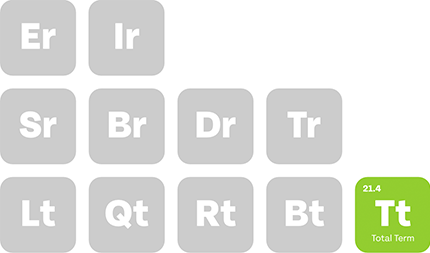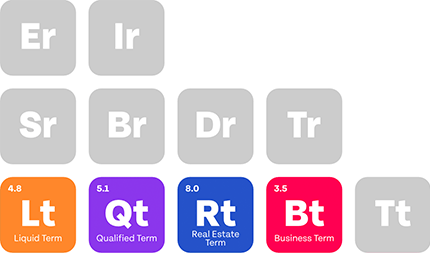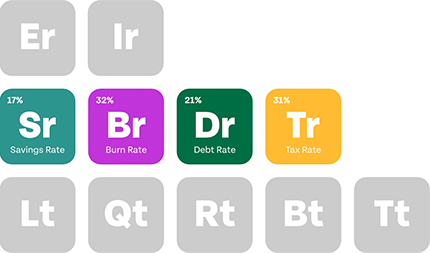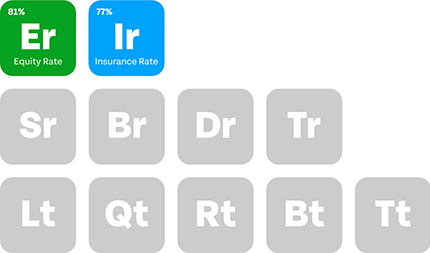A second home and an investment property are both types of property you don’t use as your primary residence.
A second home is meant for personal use, offering a retreat from your daily routine.
An investment property, in contrast, is meant to generate rental income or appreciate in value over time.
As a physician, you need to understand these differences because they affect your loan options, interest rates, and tax implications.
Read on to understand the differences between a second home vs investment property in detail.
Key Takeaways
- Second homes are for personal use, while investment properties generate rental income.
- Financing rules differ: second homes have lower rates, investment properties require more.
- Tax treatment varies: second homes have limited deductions, investment properties offer more.
- Physicians should consider affordability, time commitment, and financial goals before buying.
Table of Contents
What Is a Second Home?
A second home is a property you own in addition to your primary residence for personal stays and vacations.
While you can rent this property, you need to meet the following conditions to maintain its status as a second home:
- You must personally use the home for at least 14 days per year or more than 10% of the days it is rented.
- Rental periods cannot exceed 180 days per year. Beyond that, your second home may be classified as an investment property.
- The home must be located at least 50 miles away from your primary residence.
What Is an Investment Property?
An investment property is a home you purchase with the primary intent of earning income, either through rental payments or long-term appreciation.
This is why it’s treated as a financial asset instead of personal property.
Here are the criteria your house has to meet to qualify as an investment property:
- You cannot live in the property for more than 14 days or 10% of the total days it is rented out per year.
- The property has to be actively rented, either through long-term leases or short-term vacation rentals.
Unlike second homes, you can purchase an investment property closer to your primary residence, sometimes within 50 miles or less.
Differences Between a Second and an Investment Property
Apart from distance and personal use requirements, there are two ways in which second homes and investment properties differ:
1. Mortgage and Financing Rules
Mortgage rates for second homes are generally lower than those for investment properties since lenders consider them less risky.
This means you can qualify with a 5-15% down payment—which can go lower for physicians because they’re considered less risky than average consumers.
In contrast, investment property financing has higher interest rates and tighter requirements—regardless of whether or not you’re in a high-paying job as a physician.
This is because lenders understand that you’d likely prioritize the mortgage on your main home instead of an investment property if you were in a financial bind.
This means that you’re likely to make a larger down payment, usually 15-25%, and need a lower debt-to-income (DTI) ratio for investment property mortgages.
Some lenders may even require you to show proof that the property will generate rental income.
Here’s a clearer look at the requirements you’ll have to meet:
| Second home lender requirements | Investment property lender requirements | |
|---|---|---|
| Credit score minimum | 630 or higher | 700 or higher |
| Down payment minimum | 5-15% | 15-25% |
| DTI ratio maximum | 45% | 45% |
2. Tax Treatment and Deductions
The way your property is taxed—and the deductions you can claim—will depend on how you use it.
Here’s a breakdown of what to expect:
Second Home
- You can deduct mortgage interest on your second home but only up to the IRS limit of $750,000 in total mortgage debt across all your properties. This means if your combined mortgage debt is higher than $750,000, you won’t be able to claim this deductible.
- Any rental income you generate will be tax-free, and you won’t need to report it to the IRS. But this is limited to 180 days in total.
- You cannot deduct expenses on a second home. While your property taxes are deductible, they may be subject to the $10,000 cap on state and local tax (SALT) deductions.
Investment Property
- Mortgage interest is fully deductible on an investment property, and you can report it on Schedule E of your tax return.
- You can deduct property taxes, maintenance and repairs, utilities, insurance, and property management fees. This reduces your taxable rental income.
- You can deduct a portion of your property’s value each year—usually over 27.5 years for residential properties—to offset your rental income. But when you sell your property, you have to pay depreciation recapture, which taxes the amount you depreciated at a higher rate than capital gains.
Pro Tip: We offer a tax planning and strategy service to help you make educated decisions in cases like this.
Can You Use a House Both as a Second Home and as an Investment Property?
Yes, a property can sometimes function as both a second home and an investment property, especially if you plan to rent it out when not using it.
But you’ll lose benefits depending on how you exceed the 14-day limit:
- If you stay in the home for fewer than 14 days per year, your house will be considered an investment property. This means you can deduct expenses, but your income will be taxed.
- If you personally use the home for more than 14 days per year, it’ll be considered a second home for tax purposes. This means that any rental income is not taxable, but you also can’t deduct any rental-related expenses like maintenance, property management fees, or depreciation.
However, you should classify your property correctly for both mortgage lenders and the IRS.
If you don’t do this to get better loan rates and terms, that could have serious legal and financial consequences.
What if You Stay Longer Than 14 Days in Your Investment Property?
If you stay in your property for more than 14 days per year (or more than 10% of the days it’s rented) for personal use, that could change how the IRS classifies it.
This means you won’t be able to deduct rental-related expenses.
However, if you went over the 14-day limit for maintenance, repairs, or inspections, these don’t count toward your personal use limit.
Just make sure to document any property management tasks and keep detailed records of mileage, work performed, and expense receipts for tax purposes.
Second Home vs Investment Property: How to Decide Which Is Right for You?
Your lifestyle, financial goals, and long-term plans will determine which type of property you go for. Here’s how to narrow down your choice:
1. What Is Your Long-Term Plan for the Property?
Are you hoping to build equity and sell it later?
Do you want to rent your home to earn passive income while you prepare for your medical license exam?
Or are you looking for a private getaway for vacations with your family?
If you want a far-away property where you can escape from calls and don’t mind covering the costs without rental income, a second home is the better choice.
But if your goal is to generate income and you’re comfortable managing tenants, an investment property will serve you better.
2. Can You Afford the Costs of Owning a Second Property?
When you purchase a second property, your down payment isn’t the only cost that you will have to pay.
You’ll need to handle mortgage payments, property taxes, insurance, maintenance, and utility costs—on top of your primary residence expenses. The total costs will be different for each type of property. Here’s a breakdown:
- For second homes. Since it won’t generate consistent income, you’ll need to cover all costs yourself. You’ll also need to factor in seasonal upkeep, HOA fees (if any), and travel costs when budgeting.
- For investment properties. While your rental income will help you offset expenses, you’ll still need to budget for vacancies, property management, repairs, and higher mortgage rates. You’ll also pay a larger down payment and higher insurance costs.
Before putting your money into a home, figure out whether your current income and savings can comfortably support a second property—especially when unexpected expenses arise.
To calculate your level of affordability, you should:
- Make sure your DTI is lower than 45% so you will have the cash to spare for the debt you’re about to take.
- List all potential expenses—both upfront (down payment, closing, initial repairs, and renovations) and ongoing costs (mortgage payments, property taxes, insurance, maintenance, utilities, property management fees).
- Estimate the projected rental income and make sure it covers most or all of the ongoing expenses.
If you can’t comfortably afford the above costs, it may be a better idea to go for an investment property because your rental income will help you afford ownership.
3. How Much Time Can You Dedicate to the Property?
As a physician, your schedule can be demanding, with very few changes allowed.
You need to know how much time you can realistically dedicate to managing a property before purchasing one.
If you invest in a second home, you’ll need to take care of the regular maintenance, repairs, landscaping, and cleaning to make sure it’s ready for your visit.
Unless you’re working locum tenens or going to hire a property manager, this could disrupt your schedule.
The responsibility goes up further when you move on to an investment property, especially if you plan to manage yourself.
Be honest about how much time you can dedicate to your property without affecting your job as a physician.
That’s the only way for you to find the option that best fits your goals.
Invest in a Property That Helps You Achieve Your Goals With Physicians Thrive
A second home gives you a place to relax with lower time commitments and easy-to-access financing, but you’ll need to budget for ongoing costs without the benefit of rental income.
Meanwhile, an investment property can provide passive income and tax benefits, but it comes with higher upfront costs, stricter lending requirements, and the responsibility of managing tenants or property maintenance.
These caveats can make it harder to understand which property to invest in. That’s where we come in.
At Physicians Thrive, we help physicians understand the ins and outs of real estate investment and find properties that work for them long-term—whether second homes or investment properties.
Want to learn how our advisors help you make long-term investments that build wealth? Give us a call today!



